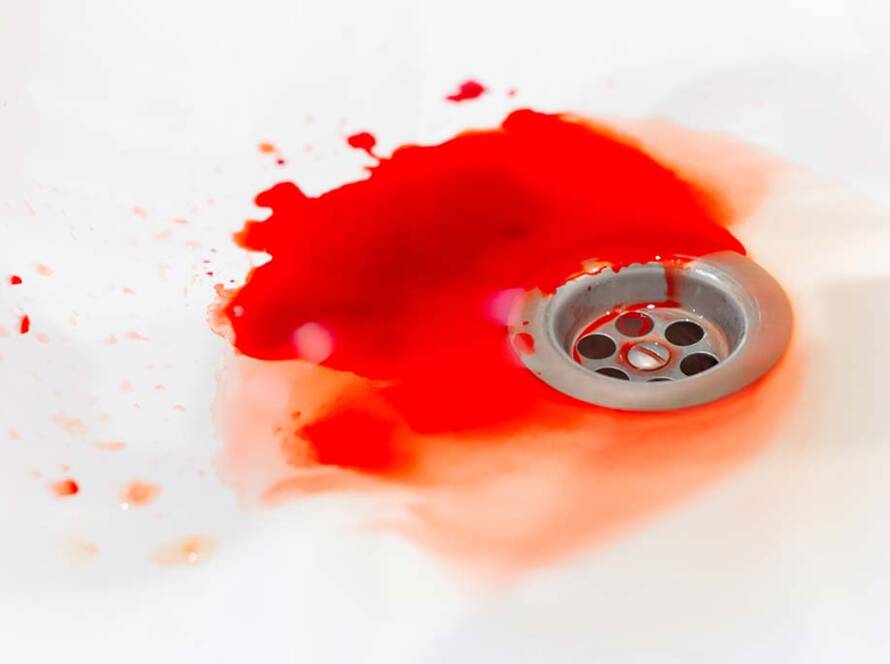Whether you’re getting into spray painting as a hobby or as a full time art medium, there’s a few things you should know about when it comes to Montana Colors’ spray paints. Things such as basic safety, how to prep your spray cans, which surfaces you can spray on, and so forth is all basic information you should know regardless of if you’re a seasoned graffiti artists or a hobbyist looking to use spray paint as a fun tool.
And while Montana does have a rather extensive line of spray paints, we’ll only be covering basic tips and tricks for the Montana Black and Gold line. But, just know that most of the information provided can be applied to almost all Montana spray paint lines.
Basic Safety: The most important thing to learn about is how to keep yourself safe and your area clean! Regardless of if you’re planning to use spray paint as a professional art medium or as a casual hobby tool, always take precaution when using it. Montana recommends you wear gloves to protect your hands, a filtration mask*, and any further face coverings (such as safety glasses). Moreover, always tie up any long hair and wear either an apron or older clothes you don’t mind potentially getting damaged.
*Do not wear cotton (or other similar material) masks; they’re too thin! If you’re planning to get into spray painting as a full time art medium, then investing in a high quality mask capable of filtering dust, vapor, and/or gas particles is an absolute must! That’s because all aerosol spray materials, including spray paints, can be harmful if inhaled over long periods of continuous and unprotected use.
In the same vein, always take precautions to keep your area clean. Firstly, and most importantly, you need to know where you’re going to be spraying. Pick an area that has large space and plenty of ventilation. And no, places like your bedroom or living room don’t count, trust me! Places like your garage (with the door open) or back/front yard are ideally where you’d go to use spray paint.
Always make sure to remove any smaller items from your spraying area, and always cover larger items with a plastic drop cloth! Similarly, place a plastic drop cloth on the ground and surrounding walls if you plan to spray any larger art pieces or projects. For spraying smaller items, it’s best to place them inside a shoe box or an old cardboard box.
Lastly, and most importantly, never use spray paint indoors or around other people, animals, or plants! Additionally, always listen to your body! If at any point you feel faint, dizzy, or are developing a headache, then stop, leave the area, and resume your project at a later time. Your health and the health of others should always be taken into consideration when using harmful and toxic materials, such as spray paint!
To reiterate, never use spray paint indoors or in areas with poor ventilation, never spray paint around others or animals, and always wear and take proper safety measures to ensure that yourself and your space stay healthy and clean.
Surfaces & Prep: Knowing which surfaces you can spray on will save you time and energy in the long run! Both Montana Black and Gold spray paints will adhere to almost any surfaces. However, proper priming and preparation is recommended for the longevity of your work.
All surfaces should be properly cleaned of any dirt, oil, lint, and/or rust and should be prepared with any necessary primers. If needed, you can use the metal, plastic, polystyrene/styrofoam, or universal primers from the Montana Tech line to help with adhesion, durability, and coverage. Always take proper safety measures (as you would with regular spray paint) when using the Montana Tech primers, and always do a test spray on a small section of your material before spraying.
The Montana Gold line can be used on a multitude of surfaces since it’s more of a medium to low pressure spray paint. Feel free to use these paints on heavier papers, cardboard, canvases, wood, concrete, metal, ceramics, and synthetic surfaces (like plastics)! As for the Montana Black line, they’re more of a high pressure spray paint. And while yes, they can be used on all the same materials as the Montana Gold line, they’re better suited for mural, street, and graffiti art.
Starting Your Cans: Most Montana spray cans (with a few exceptions) don’t contain plastic lids. Instead, they have a black washer ring to act as a stopper to prevent accidental spraying. Before you can begin spraying, you must remove the nozzle, then the washer from underneath it. In the case of our Phoenix store, all spray paint nozzles are pre-removed; all you need to do is remove the washer before you put on the nozzle. Turn your spray can upside down to remove the washer (it should fall out on its own).
With the washer out and the nozzle removed, you can start to mix the paint in your can. Montana recommends you start by turning your can upside down and striking the side of the can with the palm of your hand*. Repeat this motion about several times or until the ball bearings become loosened from the paint. Once they have, take advantage of gravity and proceed to shake it vertically for at least two minutes. Re-place your nozzle onto your spray can, making sure it’s securely attached to the can.
With the nozzle reattached, do a test spray on any scrap material or waste (i.e. a cardboard box or old canvas). The first few sprays may contain more solvent than pigment, this is normal.
*Montana recommends using the palm of your hand, and only the palm of your hand! Striking the spray can against metal, wood, concrete, or other similar surfaces can cause damaging, puncturing, or pressure changes to the can, resulting in ineffective spraying!
Shelf Life: Montana promises a 10 year shelf life for their cans after its initial production date. On the bottom of each can, you’ll find the production and expiration date. You may quickly realize that the dates printed on the can aren’t in our usual ‘month/date/year’ format, that’s because the cans are formatted in ‘calendar week/year’ format.
A good example of this formatting, as it will appear on your spray cans, would be ‘P25/19’ and ‘EXP25/29’. This would mean that our spray can was produced during the twenty-fifth (25) calendar week of the year 2019 (19). As for its expiration date, it will expire during the twenty-fifth (25) calendar week of the year 2029 (29). So, this spray paint can was made at some point during the week of June 17th to June 23rd in 2019. And it’s expected to expire during the week of June 18th to June 24rd in the year 2029.
If you’re curious to know when your can is set to expire, then I suggest using the “Week Numbers” conversion chart from Epoch Converter (click the link to access their conversion table: https://www.epochconverter.com/weeks/2024).
Storage: Proper storage of your spray cans is crucial to not only your cans longevity, but also its future performances. Montana strongly encourages that you store all spray cans in an area with a temperature around 50 to 77 degrees Fahrenheit (10-25 degrees Celsius), with no higher than 60% humidity. And always make sure you purge any left over aerosol from the can before you put it in storage.
Once you’ve finished using the spray can, turn it upside down and spray for about 3 seconds or until the paint is no longer visible. At this point only clear gas should be coming out of the can; once this happens you can stop spraying. In doing this, you’re cleaning the valve and cap of any paint residues that can cause clogging once dry.
Proper cleaning and storage of your spray paint is important! Improper storage can cause the paint to “curdle” and become stringy, especially when left in a space with high heat.
Note: All information listed above was taken from Montana Colors’ website (montana-cans) and is to the best of their knowledge. Always test the product to see if it’s suitable for you, your environment, and your artwork.


